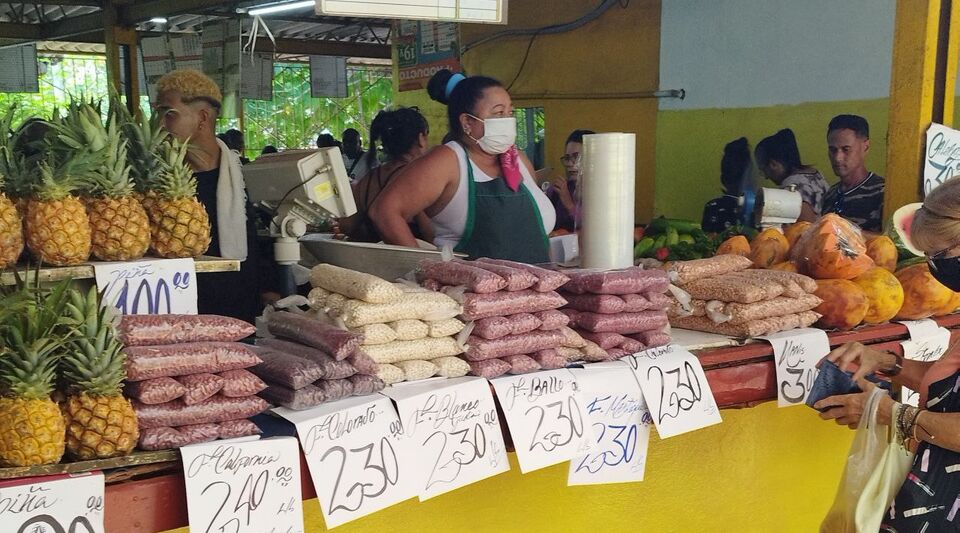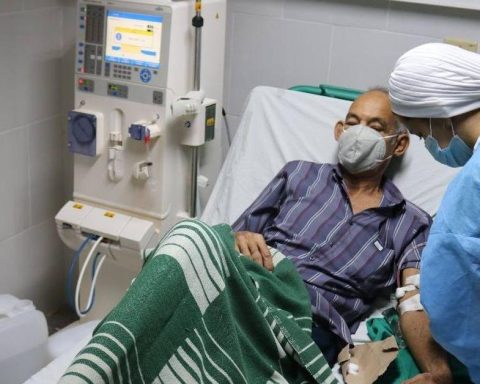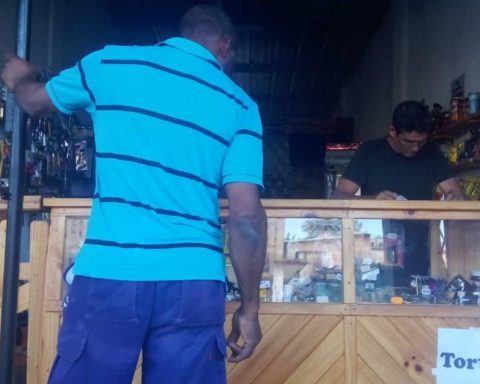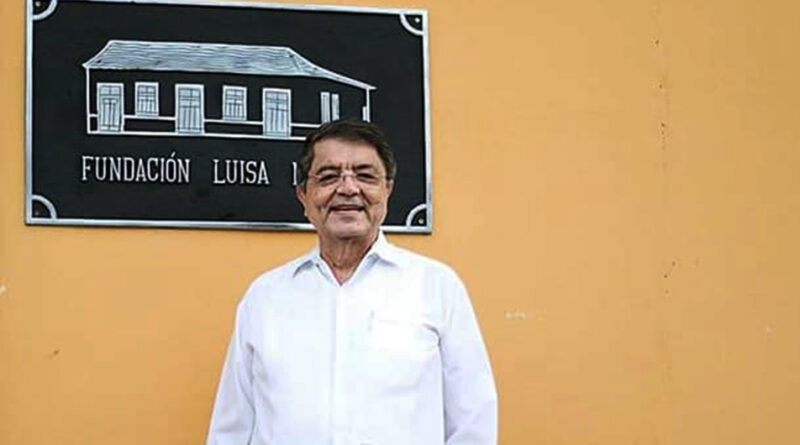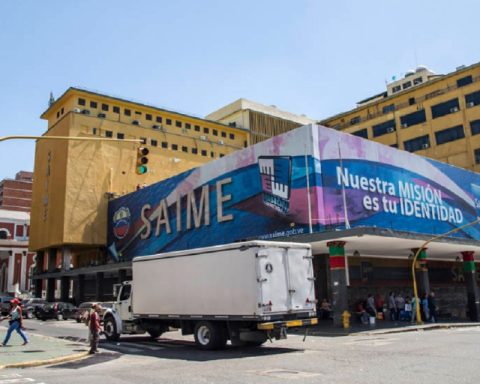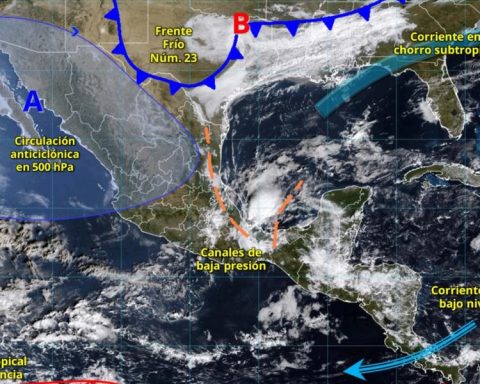William has been making a painful joke for months: “If the sweet potato were listed on the stock market, I would buy shares, because it goes up and without limit.” This 66-year-old from Santa Clara sums up in his irony the inflation that has hit Cuban families and triggered the prices of basic products, especially food sold in agricultural markets.
The opening of the so-called little squares, managed mainly by private merchants, was one of the flexibilities that the regime made when the economy hit bottom in the 90s. But three decades after they were allowed, many of them have empty platforms or with little variety of merchandise at much higher prices.
The economist Pedro Monreal warned on his Twitter account about the alarming situation: “double-digit inflation continues out of control in Cuba,” the expert wrote based on the latest data published, in mid-June, by the National Office of Statistics and Information (Onei), which indicates As of May 31, an interannual growth (2022-2023) of 45.48% of the Consumer Price Index, much higher than the level of 26.12% registered in the same period of the previous year (2021-2022).
For Monreal, this indicator is a clear sign of increasing impoverishment and adds that “official data tend to underestimate inflation in Cuba.”
For Monreal, this indicator is a clear sign of the increase in impoverishment and adds that “ the official data tend to underestimate inflation in Cuba” so “the situation could be more serious.
The data that, since its creation in 2014, has been collected 14ymedio in several markets in the country confirm Monreal’s perception: in the last six months, the prices of rice (47%), taro (100%) and sweet potato (233%), three basic foods of the Cuban diet, have respectively raised by 47%, 100% and 233%.
Pork, once the barometer of the domestic economy, has virtually disappeared from most markets. In more than nine years in which 14ymedio has compiled market prices in various provinces, currently we barely have reports that pork is sold in one or two of these places.
The 19 and B market, in El Vedado, Havana, is one of the few that still has the so-called “national mammal” on offer. If this year began with the record price of 430 pesos per pound of pork, including bones and fat, the month of June closed at 450 and customers predict that before the end of the year it will already be at 500. A doctor with a good salary he would spend his entire monthly salary on ten pounds of the product.
Many merchants prefer to offer their assortment of meats, sausages, vegetables, and fruits through digital portals that sell in foreign currency to pay from abroad. Others have immersed themselves in the informal market to avoid capped prices imposed by the Government, and incidentally to avoid the army of inspectors who impose fines of up to 10,000 pesos.
In provinces with a long agricultural tradition such as Cienfuegos, the panorama is not different either. Francisco comes from a line of cereal farmers who take advantage of the plains around his town in Rhodes and, more than a decade ago, acquired a husking machine that he uses for his product and charges other farmers in the area for the service.
“I am not sowing even a quarter of what I sowed ten years ago,” he tells this newspaper. The reasons for cutting their harvest range from the scarcity of fertilizers, to the increase in prices and the lack of fuel to irrigate their fields. The result that so many rice farmers in the area are just harvesting the cereal is noticeable in the La Calzada market, one of the most important in the city of Cienfuegos.

If at the start of 2023 a pound of this cereal, essential on Cuban tables, cost 170 pesos, at the end of the first half of the year it had already reached 250, an increase of 47% in just six months. “It is not even good rice because the conditions are not given to get a quality product, between the bags that we are missing and the transport that does not help, the grain arrives very chopped. People do not like it, but it is the only one that there is”, admits Francisco.
To replace the rice on the plate, it would be normal to complete the meal with viands. But this has been one of the lines that has shot up the most in recent months. In the Plaza market on the Boulevard in the city of Sancti Spíritus, the price of malanga doubled in six months. It went from 50 pesos in January to 100 in the last week of June.
The tuber is widely used in Cuba to feed babies transitioning from breastfeeding to eating solid foods. It is also used in convalescent people, chronic patients and in general to increase the content of any meal. But now “it’s like a gourmet food, when I manage to eat it I feel like I’m giving myself a luxury,” warns a young engineer who lives near the market.

To make matters worse, the Plaza del Boulevard has remained practically empty in recent weeks due to the rejection that the imposition of mandatory maximum prices has caused among traders. Now, “to eat malanga you have to knock on many doors and ask who is selling it on the black market,” explains the engineer. “And at the price you find it, you have to pay it.”
For their part, the customers of the Buen Viaje market in the city of Santa Clara cannot believe their eyes. The sweet potato, the most plebeian of the foods consumed in Cuba, has risen more than three times its price so far this year. From 15 pesos a pound with which it began to be sold in January, it ended June at 50, an increase of 233% in six months. “And most of it is chopped up, so a good part of what you buy has to be thrown away,” adds William.

“My mother told me that during the time of Gerardo Machado [en su segundo mandato presidencial de 1929 a 1933] his family suffered so much need that they could only eat cornmeal and sweet potato,” recalls the man from Santa Clara. “Well, not even that now, I can’t afford to buy sweet potato at that price and there isn’t any flour anywhere.”
If the hypothetical exchange with the prices of agricultural products that William imagines existed, it would have “all the lines going up,” he speculates. “But the worst thing is not that they go up, it’s that we don’t know until when.”
________________________
Collaborate with our work:
The team of 14ymedio He is committed to doing serious journalism that reflects the reality of deep Cuba. Thank you for accompanying us on this long road. We invite you to continue supporting us, but this time becoming a member of our newspaper. Together we can continue transforming journalism in Cuba.
